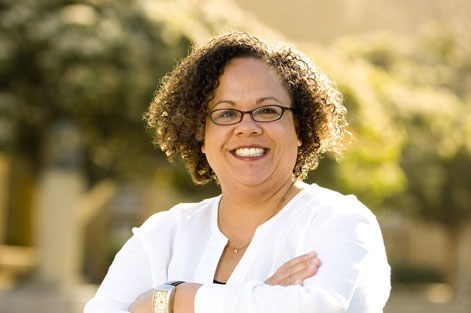As parent-teacher conferences are around the corner, here are some quick tips to ensure a meaningful and productive time with your child’s teacher. .even in high school. If the conference can be student-led, please make sure that your son/daughter takes advantage of the opportunity to take ownership of their learning experience.
I like the ideas that this author offers to teachers. Parents, however, may find this list insightful as they consider their role in the parent-teacher conference. As with any communication . . . it goes both ways:
Some ideas:#1 The point of a conference is not to display the student’s current averaged grade, point out missing assignments or contrive ways to achieve/maintain a particular grade. There are better ways to keep track of grades–which should largely be the student’s responsibility by middle school, anyway. If the only reason we hold conferences is to talk about grades, then teachers are complicit in elevating grades over learning. If a parent leaves a conference with a list of grades and nothing else, it’s wasted time.
#2 Conferences are an opportunity for two-way communication. They’re not merely a stage for teachers to give parents information on classroom performance, although many teachers do just that. Conferences are also a place for parents to tell teachers things about their child: How he likes to learn. What she says about the class at home. How he enjoys spending free time. What she says about other students in the class. After a good conference, both the parent and teacher know more about how things could be better.
#3 A conference with parties sitting on either side of a table or desk reinforces hierarchies. Figure out comfortable seating with no barriers. Making parents queue up outside your door–or sit in little tiny chairs–is neither efficient nor courteous. If Disneyland can figure out how to expedite lines and take turns, so can schools.
#4 If a parent seems to be exaggerating, there’s an underlying message. My child sits at the table every night for three hours, doing homework! If a teacher seems to be testy, or resistant I only give 15 minutes of homework per night!–a different message. Somewhere between the two claims is truth–but finding it will take some clarifying questions. Is the student unwilling to admit he doesn’t understand something? Is the teacher tied to unnecessary homework? It’s hard to ask uncomfortable questions. Do it anyway.
#5 Teachers should share stories about what each student does in class. This might involve an artifact as evidence of learning an essay, project, lab report or even a test, but sharing narratives of kids’ behavior as learners is essential. Invite parents to tell stories about the child’s use of math, language, logic, or music at home.One of the most heart-warming observations I heard as a parent was when my son’s 8th grade English teacher showed us sketches of cars Alex drew in his journal during free-writing. “Aren’t these cool?” he said. “Someday that boy’s going to work in the automotive industry.” What that told us: He’s paying attention to Alex. He knows Alex, and values Alex’s interests.
#6 Ask parents how they want to stay in touch about important things not reporting a weekly running grade. Open that channel by sending a quick initial e-mail or calling. The conference should merely be the first contact, the open door. Even if you never use the channel, it’s there.
#7 Most parents come to conferences to get a deeper sense of who’s spending time with their kids. Tell them the truth.

